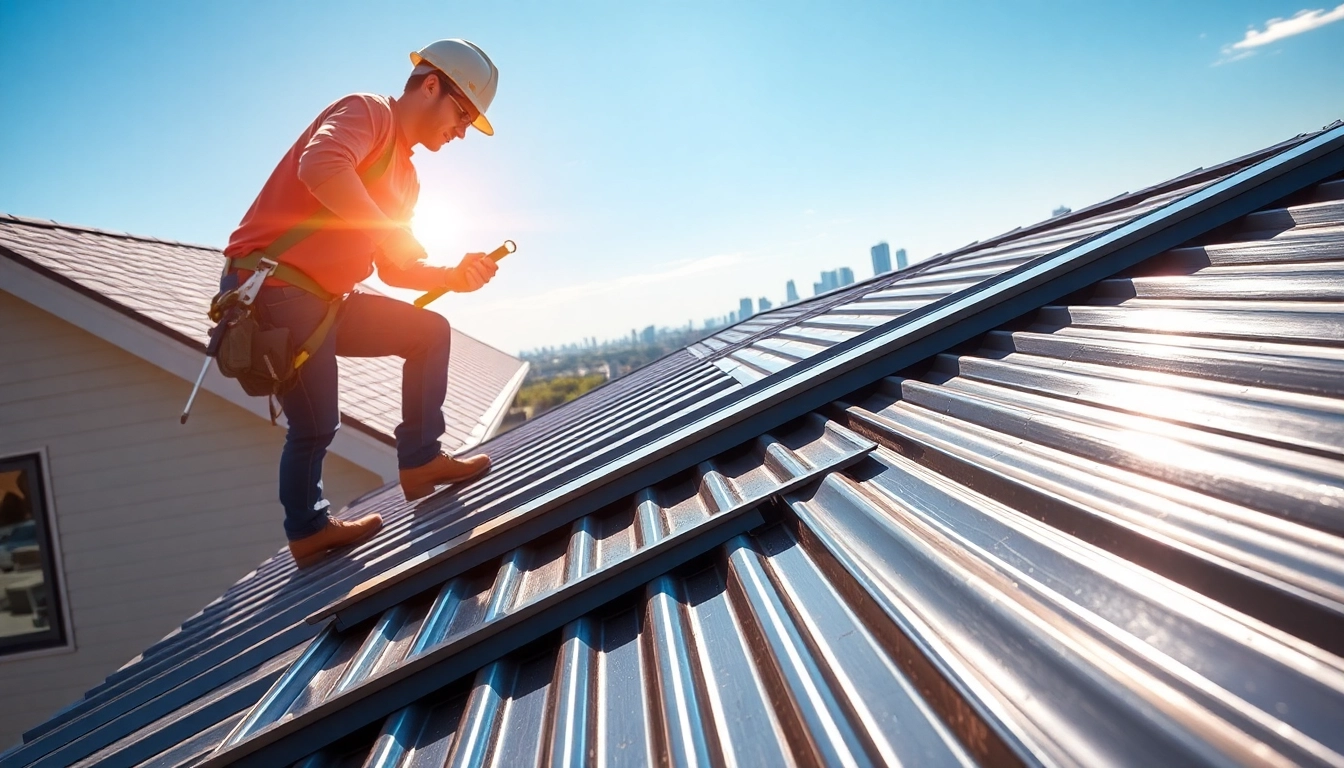Understanding Laminating Resin
What is Laminating Resin?
Laminating resin is a type of polymer that is primarily used in composite construction to bond layers of material together, often fiberglass or other reinforcement fibers. This resin is typically characterized by its ability to cure into a hard, protective layer that maintains the structure and integrity of the materials it bonds. Although various types of laminating resins exist, they are commonly synthesized as polyester or epoxy variants. With the benefits of high adhesion and mechanical strength, laminating resin is indispensable in sectors such as marine construction, automotive assembly, and recreational equipment manufacturing.
Types of Laminating Resin
Laminating resins are broadly categorized into two main types: polyester and epoxy resins. Understanding the characteristics of each type can dramatically affect your project outcomes.
- Polyester Laminating Resin: This type is one of the most commonly used laminating adhesives, renowned for its cost-effectiveness and ease of use. Polyester laminating resins are typically used in marine applications due to their excellent resistance to moisture and environmental degradation.
- Epoxy Laminating Resin: Epoxy resins are known for their superior strength and decrease in brittleness compared to polyester resins. They are often preferred in situations where exceptional durability and chemical resistance are required, such as in high-performance boat construction or advanced composite applications.
Applications of Laminating Resin
The versatility of laminating resin expands across numerous applications:
- Marine Industry: Used for constructing boat hulls and decks due to their lightweight and strong attributes.
- Automotive Repair: Ideal for bodywork and for reinforcing vehicle structures.
- Sporting Goods Manufacturing: Common in crafting bicycles, paddles, and surfboards where strength-to-weight ratios are vital.
- Composite Material Production: Integral in the production of complex components that require layering and reinforcement.
Benefits of Using Laminating Resin
Durability and Strength
One of the most significant advantages of laminating resin is its exceptional durability. By creating a seamless bond between layers, it enhances structural integrity, allowing the finished product to withstand considerable stress and strain. This resilience is crucial for applications that face harsh environments, such as marine vessels exposed to water and corrosive elements.
Cost-Effectiveness of Laminating Resin
Laminating resin provides an economical solution for composite construction. Due to its ability to bond multiple layers of material effectively, manufacturers can reduce their material costs while still maintaining high performance. Additionally, the availability of various formulations allows users to choose a resin that matches their budget while meeting necessary specifications.
Environmental Resistance
Environmental resistance is vital in applications like marine or outdoor environments. Laminating resins, especially polyesters, offer resistance to moisture, UV radiation, and temperature variations. This resistance not only prolongs the lifespan of the composite material but also ensures that its aesthetic qualities remain intact over time.
Key Techniques for Working with Laminating Resin
Surface Preparation Essentials
Before applying laminating resin, the proper surface preparation is essential for ensuring a strong bond. The surface must be clean, dry, and free of any contaminants such as oil or dust. Depending on the materials used, you may also need to sand the surface to create a better grip for the resin.
Mixing and Application Instructions
Accurate mixing of laminating resin is critical. Follow the manufacturer’s guidelines for the correct resin-to-hardener ratio. Typically, a mechanical mixer is recommended for thorough blending. Once mixed, apply the resin evenly on the prepared surface using a brush, roller, or spray method, depending on the size and type of the project.
Achieving Smooth Finishes
Achieving a smooth finish with laminating resin can be challenging but is crucial for aesthetics and performance. After applying the resin, ensure to remove any bubbles that may form during the curing process. Use a roller for even application and consider lightly sanding the surface after initial curing for a smoother final finish, followed by an additional coat if desired.
Common Mistakes and How to Avoid Them
Underestimating Curing Time
One of the most common mistakes is underestimating the curing time of laminating resin. Rushing this process can lead to incomplete curing and reduced mechanical properties. Always consult the technical data sheet for the specific resin used to understand its curing time under different environmental conditions.
Application Thickness Issues
Applying the laminating resin too thickly can result in an incomplete cure and can trap air bubbles within the laminate. A common best practice is to apply multiple thin coats instead of one thick layer, ensuring that each layer cures adequately before the next application.
Not Following Safety Protocols
Another critical aspect is the use of proper safety equipment. Laminating resin can release harmful fumes during the curing process, necessitating the use of gloves, goggles, and suitable respiratory protection. Always work in a well-ventilated area and adhere to all safety guidelines provided by the resin manufacturer.
Innovations in Laminating Resin Technology
Recent Advances in Laminating Resin Formulations
The field of laminating resin technology is continuously evolving, with notable advancements in formulations aimed at enhancing performance and sustainability. Manufacturers are now creating resins that cure faster, exhibit better mechanical properties, and are even designed to adhere better to varied substrates.
Eco-Friendly Laminating Resin Options
Environmental concerns are driving innovations in laminating resin formulations. New bio-based resins are being developed that use renewable resources while maintaining high performance standards. These eco-friendly options provide a sustainable alternative for businesses looking to minimize their environmental footprint.
Future Trends in Laminating Resin Usage
As industries look towards sustainable practices and enhanced durability, the use of laminating resin is expected to grow. Applications in sectors such as aerospace, automotive, and renewable energy are paving the way for more sophisticated resin systems that boost efficiency and eco-friendliness. Monitoring these trends will be essential for both manufacturers and end-users alike to stay ahead in a competitive market.



